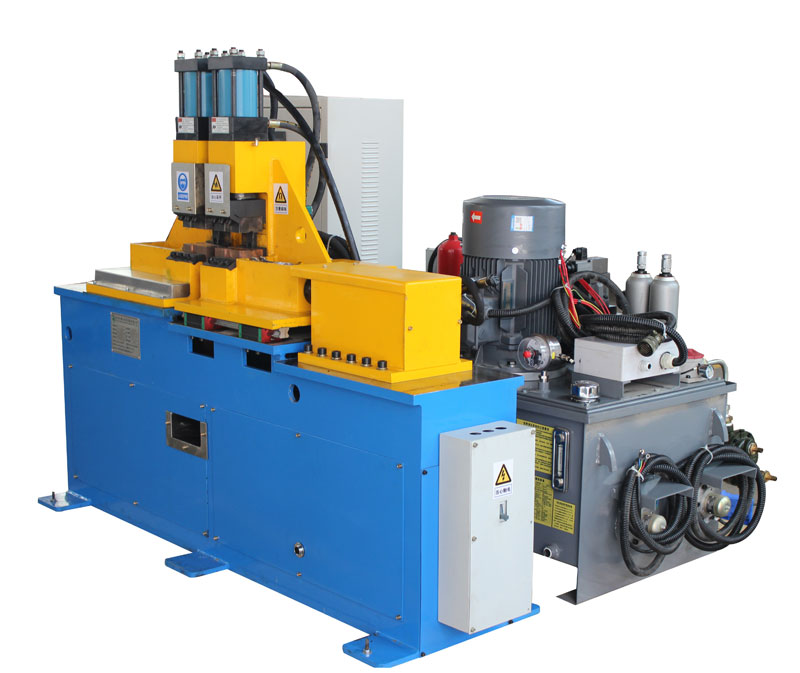The Welding Process in Butt Welding Machines
The welding process in butt welding machines is a vital technique for joining metals to create strong and reliable welds. Understanding the steps and intricacies of this process is essential for welders and professionals in the welding industry. This article provides an in-depth exploration of the welding process in butt welding machines, shedding light on its significance and the key aspects that contribute to successful welding outcomes.
- Preparation of Workpieces: The welding process begins with the preparation of the workpieces to be joined. Proper cleaning and surface preparation are crucial to ensure good weld quality. The workpieces should be free from any contaminants, such as rust, oil, or paint, to facilitate optimal fusion during welding.
- Joint Design: The type of joint used plays a significant role in determining the welding process. Butt welding machines typically employ butt joints, where two workpieces are aligned and joined along their edges. Proper joint design ensures optimal fit-up and weld strength.
- Clamping and Alignment: The workpieces are securely clamped and aligned in the welding machine to ensure precise positioning during welding. Proper clamping and alignment prevent misalignment, which can lead to welding defects.
- Application of Welding Current: Once the workpieces are properly positioned, the welding current is applied. The welding transformer steps down the input voltage to the required welding voltage. The electric current passes through the welding electrode and into the workpieces, generating the necessary heat to melt the base metals.
- Fusion and Weld Pool Formation: As the welding current flows through the workpieces, the base metals at the joint interface melt and form a molten weld pool. The weld pool cools and solidifies to create the weld joint.
- Electrode Withdrawal and Solidification: After the desired weld depth is achieved, the welding electrode is withdrawn, and the molten weld pool solidifies. Proper control of the electrode withdrawal speed ensures consistent weld bead formation and minimizes defects.
- Cooling and Post-Weld Inspection: The welded joint is allowed to cool, and post-weld inspection is conducted to assess weld quality. Visual inspection, non-destructive testing, and other inspection methods help identify any defects or imperfections that may require further attention.
- Finishing and Cleaning: After inspection, the welded joint may undergo finishing and cleaning processes to remove any spatter, excess weld material, or surface imperfections. Proper finishing ensures a smooth and aesthetically pleasing weld appearance.
In conclusion, the welding process in butt welding machines is a critical technique used to join metals and create strong welds. Proper preparation of workpieces, joint design, clamping, alignment, application of welding current, fusion, electrode withdrawal, cooling, and post-weld inspection are key steps that contribute to successful welding outcomes. By understanding and mastering the welding process, welders can achieve consistent and high-quality welds for various applications and industries. Emphasizing the importance of each step ensures efficient and reliable welding operations, fostering progress and innovation in the welding industry.
